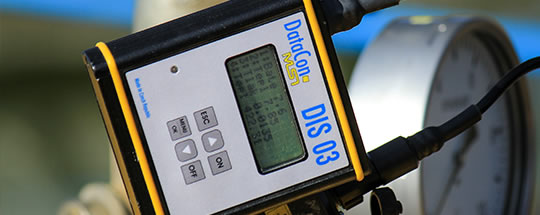Measuring hydraulic parameters of gas pipelines in operation
Hydraulic properties of pipelines, expressed by the friction factor, are some of the fundamental parameters affecting gas pipeline design and operating economics. For determining the friction factor when a gas pipeline is operated, a method developed by CEPS specifically for this purpose is used.

Determining the right value of the friction factor is very important already at the design stage. On the basis of this value the proper size of the pipeline and the required usable power installed at compressor stations are determined.
Knowledge of the actual values of the hydraulic resistance of each of the lines makes the modelling of their operation much more accurate, which is crucial for trading in high-pressure pipeline capacity.
The knowledge of the value of the friction factor for the various sections of pipeline is also very useful for pipelines already in operation. The magnitude of and, in particular, changes in the value of the friction factor can show the condition of the pipe’s internal surface and changes thereof, for example, when determining the effectiveness of regular pipeline pigging.
For determining the friction factor when a gas pipeline is operated, a method developed by CEPS specifically for this purpose is used; it is based on the measurement of all of the physical parameters of the basic flow equation, while the gas flow rate is determined by the direct method – the hydrogen mark is injected into the gas at the beginning of the measured section, and it is detected at the end of the section.
Read the paper Measurement of natural gas pipeline hydraulic parameters in the course of operation (PDF, 981 kB), that our representative presented at the 13th International SIMONE Congress, in the 2016, in Krakow, Poland.
